Win CENS ProFlex DX5 earplugs worth £1,149 – enter here
Mulgrave: Game shooting in North Yorkshire
Mulgrave: With spectacular shoreline sport, beautiful scenery and top-notch hospitality, Mulgrave is one of the UK’s finest shoots.
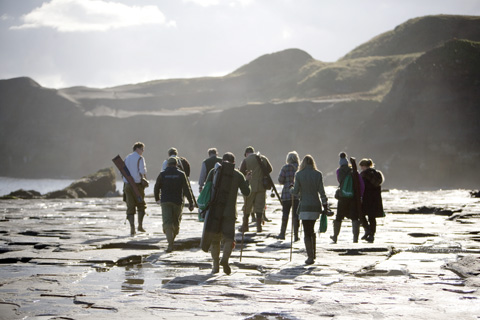
When planning shoot days, ‘keepers and shoot managers must take into account the normal influences of wind, weather, bag size and the skill level of the guns. However, on the North Yorkshire coast, the Mulgrave Estate also has to consider the unusual factors of sea state and tide times. And this hasn’t got anything to do with wildfowling, rather an utterly unique partridge drive, presented from 300-foot cliffs straight onto the beach.
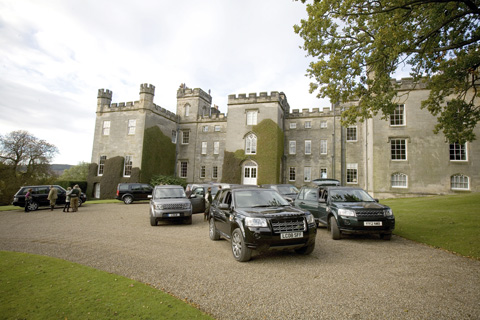
Tucked away a few miles north of the seaside town of Whitby (famous for Captain Cook, Dracula and the Abbey ruins) and extending to over 9,000 acres, the Mulgrave estate has a rich history dating as far back as the sixth century. Owned by the Marquis of Normanby, many famous names have visited over the years, including Charles Dickens and William Wordsworth. Perhaps the most colourful character to stay was the last Maharaja of the Sikh Empire, Duleep Singh, who in 1858 took a long-term lease and started to develop the shooting. Legend has it he imported his own elephants, which he walked on the beach and used as transport for shoot days. Things have changed since then, but his vision for the quality of shooting is still evident today.
Partridge in the valley
On the day of my visit, a crisp, bright, almost windless morning greeted the team of guns – a small syndicate from South Yorkshire headed by their shoot captain Ian White – who arrived at Mulgrave Castle for 9am. After the formalities of the draw and safety briefing, conducted by our host for the day, Mathew Latchford from William Powell Sporting and J M Osborne & Co., we set off on the short drive to the Barnby Dales beat.
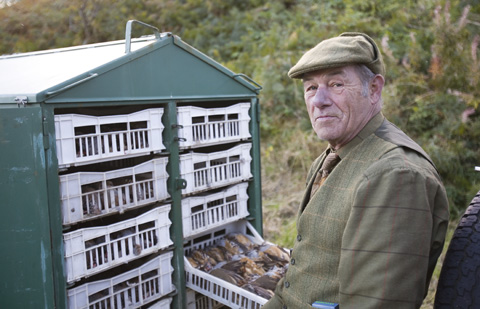
As we crested the hill toward the first drive, The Thorns, we had our first view of what lay in store – a valley that twists and seems to get larger the deeper you go. It’s immediately clear that a lot of work has gone into creating this, as headkeeper Sean Mintoft explains:
“All the old boys would swear blind that you’d never get partridges to fly over the valley, yet I could see the problem and solution straight away – the cover was just too thick, leaving them with nowhere to land. So we’ve worked for two years to get it into this condition. The birds are now on the line extremely quickly and are very exciting to shoot.”
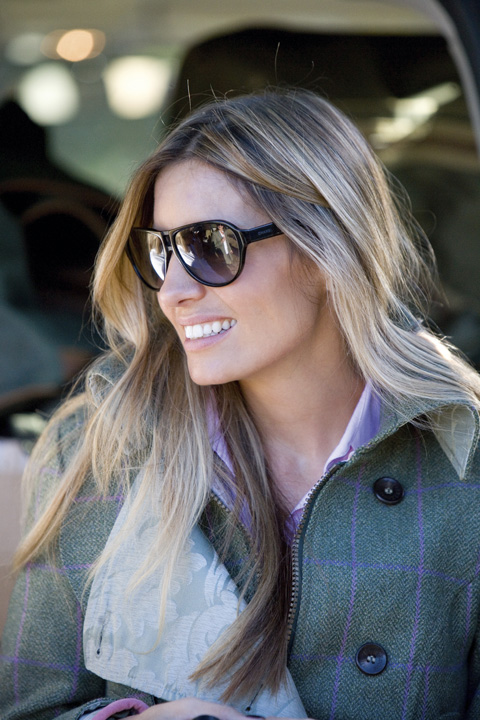
And, as Sean predicted, the sky was soon thick with partridges, taking most of the team pleasantly by surprise at both the quality and quantity. I was placed near John Cooper, who was trying out a new gun for the first time. With a nice, steady stream of birds presenting themselves, John bagged a left and a right as the rest of the team enjoyed the shooting. In such surroundings it’s all too easy to get a bit carried away and as the cartridge bags were getting low, so the horn was sounded. There were beaming smiles all round as the team walked off their pegs, and one gun was heard to say:
“We did better than last year.”
Clifftop elevenses
A short journey on the old railway line that hugs the coast, offering fabulous views, took the team to a cliff-top rendezvous for elevenses. The meeting point was a bizarre-looking moonscape, which was once an alum quarry. In keeping with the salty and coastal themes of the day, fish canapés were served alongside more traditional fare. All the food is sourced locally and prepared by Mulgrave Castle’s resident chef. It is served by the house staff.
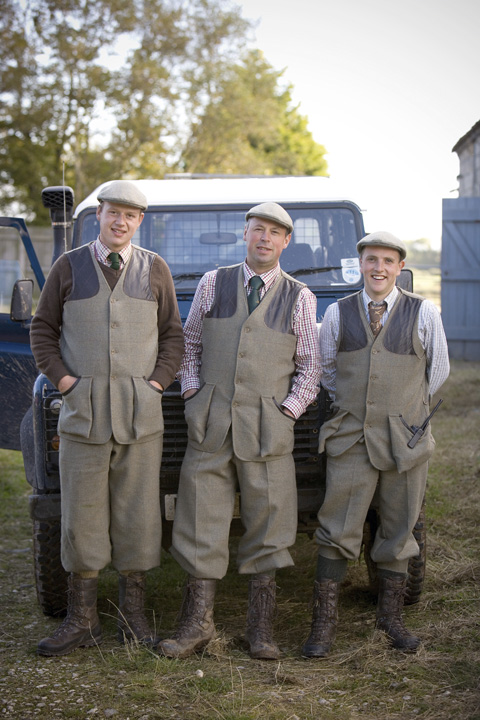
Given the inspirational location and views, talk soon turned to the next two drives – driven partridge over guns stood on the low-tide shoreline, which unsurprisingly everyone looks forward to. There cannot be many shoots in the UK where this is possible. As Powell’s agent Mathew explained:
“It is not just the quality of the birds that makes Mulgrave stand out from other shoots, it is the uniqueness of every drive. This is why the teams love coming here.”
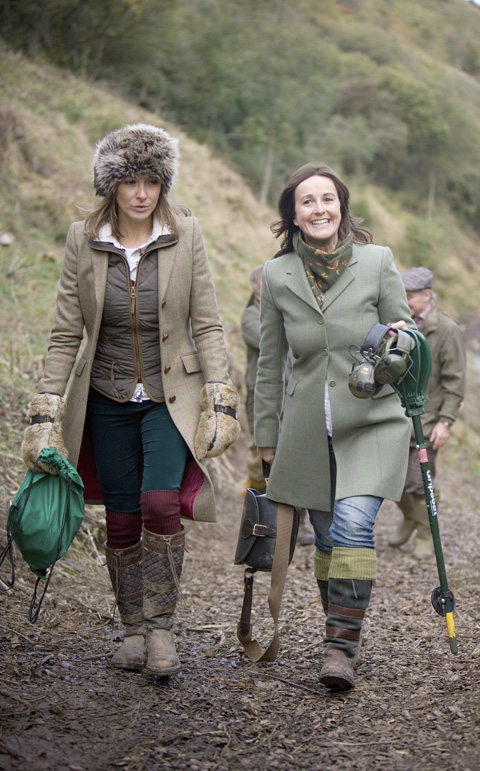
So with the guns heavily laden with cartridges (you don’t want to run out of shells down here, as it’s a long way back to the top), we made our way down to the beach via The Goat Track. It might sound dramatic, but it’s really not at all bad and an impressive set of ladders makes the final descent totally safe. To call the shoreline a beach is a bit misleading, as it’s a shingle line on to a flat reef known locally as a scaur (pronounced scar). Interestingly, it’s down here where jet (a gemstone made famous by Queen Victoria and giving rise to the term ‘jet’ black) and other fossils can easily be found.
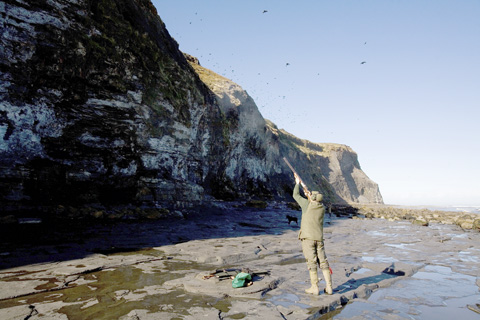
Once the team had lined-out from the 300ft cliff face and settled down, the anticipation built before the first partridges began to curl over from the cliff tops above. It is a special sight that sends a tingle down the spine, as headkeeper Shaun said:
“We inherited a beach drive that was spectacular but we could see the potential to make it even better by adding more release areas and game crops. Since moving here we have concentrated on improving the habitat for partridges.”
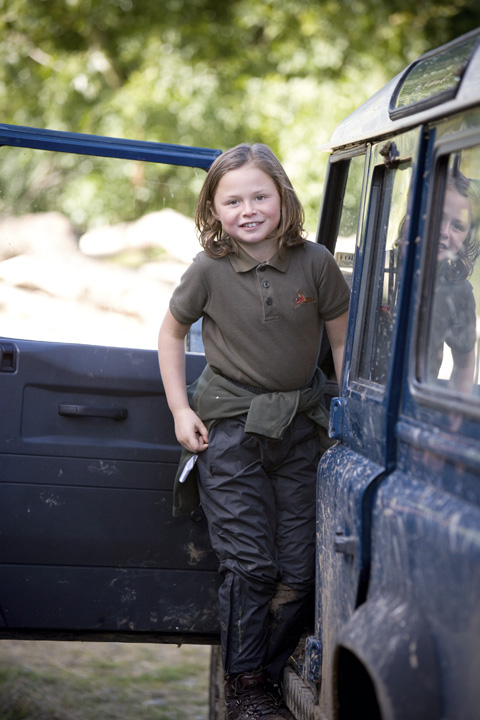
As the birds come thick and fast down the entire line in huge coveys, it is impossible not to be impressed at how well they are presented, and everyone inevitably leaves this drive with huge Cheshire cat grins of delight.
Shooting in style
This drive, known as The Point, is supplemented by moving the guns further down the scaurs, for the whole thing to be repeated with the addition of another drive, Overdale. Here the guns are again situated on the scaur, and the birds come from the mixed cover crop above. With many game crops failing this year, Mulgrave is blessed with its long-term perennial game crops, such as artichokes and pampas grass. The team has spent hours harvesting their own artichokes from existing game crops, and this work has come into its own this year with some impressive areas when many maize crops have failed.
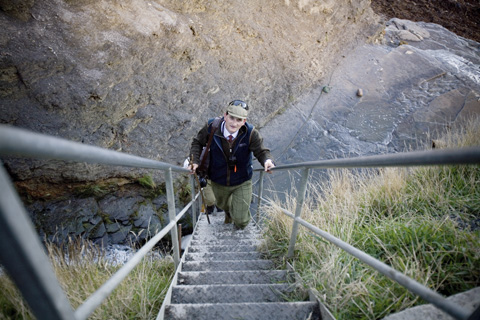
After all the excitement, it was a fitting time to stop for lunch, which again is something different at Mulgrave. It’s eaten at a large square table set around a griddle, with views out to sea and the picturesque village of Runswick Bay. The fabulous food reflects the quality of the whole shoot, with fresh fillet steaks, Moroccan chicken and fish kebabs for guests to cook themselves.
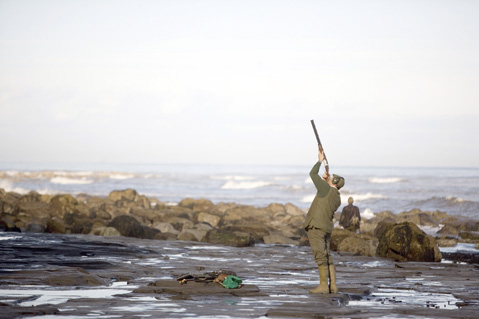
The final drive of the day was a new one developed this season. Essentially it’s an extension of the first drive, Thorns, except as the valley nears the sea the bank sides become ever steeper until they turn into sea cliffs. A large area of extremely thick blackthorn on the steep banks, impenetrable to even the hardiest of spaniels, was cleared by hand during the summer to allow a new release area. This drive, called The Seat, will undoubtedly become very popular, as the last gun is a mere 30 yards from the sandy beach of Runswick bay.
As the drive started a barrage of testing partridges covered the whole line yet again. This time number five gun did run out of shells to the accompaniment of much cheering and shouting, but he said it was well worth it.
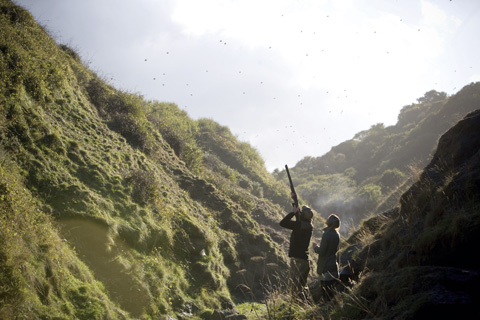
The final bag was 326 birds and to finish the day in fine style, the team was served tea and cakes in the castle – a fitting way to wrap up a shooting occasion like no other.
For more information about shooting at Mulgrave contact the estate office on 01947 893239.
For more information about William Powell Sporting click here
For more features from Shooting Gazette click here
Related Articles
Get the latest news delivered direct to your door
Subscribe to Shooting Times & Country
Discover the ultimate companion for field sports enthusiasts with Shooting Times & Country Magazine, the UK’s leading weekly publication that has been at the forefront of shooting culture since 1882. Subscribers gain access to expert tips, comprehensive gear reviews, seasonal advice and a vibrant community of like-minded shooters.
Save on shop price when you subscribe with weekly issues featuring in-depth articles on gundog training, exclusive member offers and access to the digital back issue library. A Shooting Times & Country subscription is more than a magazine, don’t just read about the countryside; immerse yourself in its most authoritative and engaging publication.







